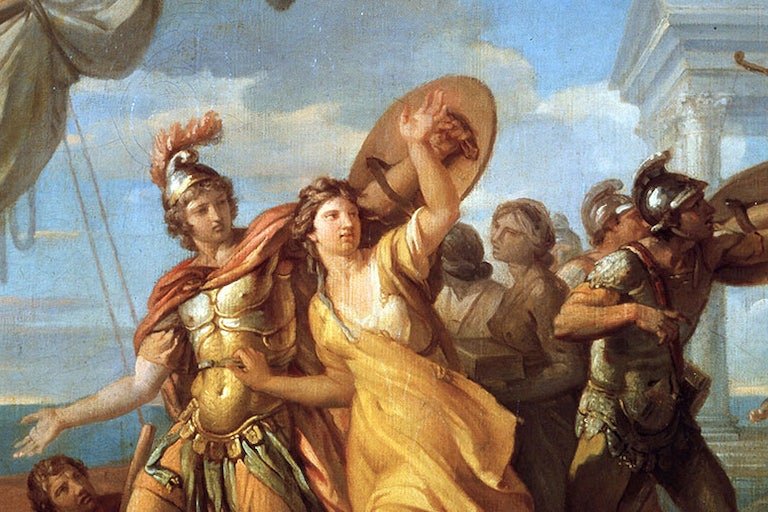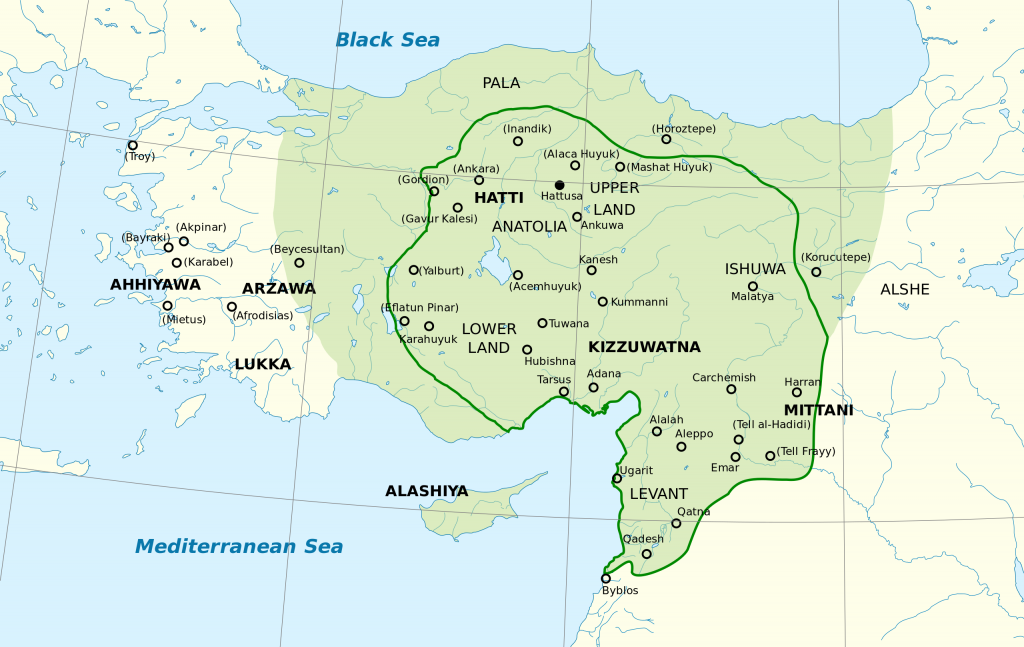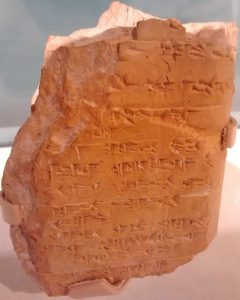[Featured Article] In Search of Helen of Troy [revised]
Author: Petros Koutoupis

Originally published on Ancient Origins (19 October, 2014) but revised.

To the East of Troy ruled the Hittite empire over most of Anatolia, centered at Hattusa, near modern day Boğazkale (formerly, Boğazköy), Turkey. Discovered within the ruins of the mighty Hittite citadel were piles of baked tablets. Each was written in a cuneiform script, but in what was at the time an undeciphered language, until scholars in the mid-20th Century CE uncovered the Hittite language to be that of an early Indo-European type (Macqueen, 24). With its code cracked, these tablets would rewrite the history of the Late Bronze Age.
Written within the translated texts were activities and negotiations between two world powers, the Hittites and the Ahhiyawa. At first the origin of these Ahhiyawa puzzled scholars but before long, they were to be identified as Homer’s Achaeans, or the Mycenaean Greeks. From the 15th century BCE to as late as the 12th century BCE, the Mycenaeans were involved in assorted activities all along the Western Anatolian coast, both for and in opposition to the Hittite empire; some of which involve the Hittite vassal province of Wilusa, that is, Ilios (Troy). These tablets have also illuminated a cast of characters which would later be reflected in the Homeric epic, such as Atreus, Alexandros [1], and even a possible rendering of Priam [2].

A curious Hittite document may hold some clues as to what would inspire the story of Helen. It is referred to as tablet CTH 183. Written in the Hittite language and utilizing the cuneiform script, this letter was commissioned by the Mycenaean Greek king and sent to the Hittite king, most likely Muwatalli II (reigned ca. 1295–1272 BCE). Although being somewhat damaged, what has been deciphered is a dispute between the Mycenaean and Hittite monarchs over the rightful ownership of a group of islands off of the Anatolian coast that had formed a part of a dowry in a previous generation. This is where it gets interesting. The then Mycenaean king who mentions his great grandfather, wa-ka-ga-mu-na-aš (sometimes rendered Kagamuna). Could this be a rendering of the infamous Agamemnon, son of Atreus and leader of the Achaeans heading the charge against the Trojans?
The letter continues to mention that the Hittite king’s great-grandfather, Tudhaliya, after defeating and subjugating the rebellious Assuwa lands [3] (ca. 1400 BCE), had given the lands in question to the Mycenaean king as part of a diplomatic marriage to an Assuwan princess. Could this unknown Assuwan princess be the prototype for Homer’s Helen? Could the reason for a Trojan-type war have been the result of land ownership in western Anatolia?
It is plausible that this unknown Assuwan princess served as the prototype for Homer’s Helen, upon which countless legends have since been told. If this is the case, could the reason for a Trojan-type war have been the result of disputes over land ownership in Western Anatolia? Could this Kagamuna be Homer’s Agamemnon? The ancient Hittite document certainly provides food for a thought, and will hopefully form the basis for more extensive research in the future.
Notes
[1] Another name for Paris.
[2] King of the Trojans and father of Paris.
[3] An ancient name for Asia.
Sources
- Beckman, Gary. Trevor R. Bryce. Eric H. Cline. The Ahhiyawa Texts . Atlanta: Society of Biblical Literature, 2011. [Print]
- Macqueen, J.G. The Hittites: And their Contemporaries in Asia Minor . 2nd ed. New York: Thames & Hudson, 2003. [Print]
Related Articles
- Was There Ever a Trojan War [revised]?
- History Versus Legend: In Search of Aeneas, the Trojan Refugee
- In Search of Helen of Troy [original]
